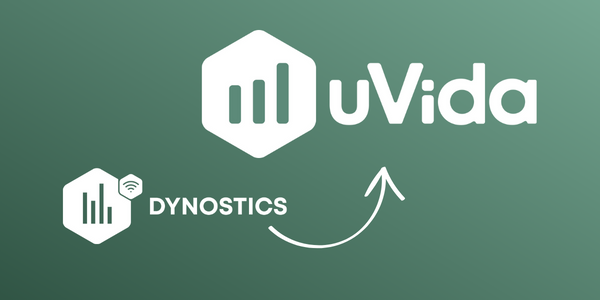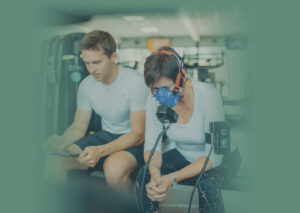These videos were created under our old brand name DYNOSTICS. However, as the content is still valid despite the new brand, you can still find them here!
Anaerobic threshold (IAAS)
The range in which the body is in balance between lactate production and lactate consumption is referred to as the anaerobic threshold. During intensive training, the anaerobic threshold The energy supply then takes place without oxygen consumption via the metabolic product lactate. The point at which this threshold is reached varies from person to person, which is why it is also referred to as the #IAAS (individual aerobic-anaerobic threshold). Knowing this area is important for optimal training design, as this is the only way to set priorities in terms of fat burning or performance enhancement and avoid "overtraining".
You are currently viewing a placeholder content from Vimeo. To access the actual content, click the button below. Please note that doing so will share data with third-party providers.
More Information
You are currently viewing a placeholder content from Vimeo. To access the actual content, click the button below. Please note that doing so will share data with third-party providers.
More InformationWhat exactly does the anaerobic threshold (IAAS) mean?
The anaerobic threshold refers to the range of energy utilization in which our body is still just able to maintain a balance between lactate production and lactate consumption. By definition, it lies at a lactate concentration of 4 mmol/l blood. If this value is exceeded, it is because the existing lactate can no longer be sufficiently broken down. This is the case when training is very intensive and the body needs more energy than can be provided by oxygen from the lungs. The alternative is then lactate, a breakdown product from glucose utilization.
However, there are individual differences in the point in training at which this threshold is reached for individual exercisers. Sports medicine and the training sector have therefore started to use the individual aerobic-anaerobic threshold (IAAS) which can be used to derive more precise statements about the performance of a particular person.
For optimal training, it is important to know the performance and heart rate range in which the body switches from sufficient oxygen saturation to the anaerobic range. This threshold is also the transition zone between fat metabolism and carbohydrate metabolism. In sports science, a distinction is therefore made between the aerobic capacity range and the anaerobic training range.
Do we train in an area where we have the anaerobic threshold our body is more likely to burn carbohydrates - and vice versa. A high fat metabolism is best achieved with prolonged training in the low heart rate range, i.e. in the aerobic range. On the other hand, short, aerobic-anaerobic training in the upper heart rate range is more suitable for building muscle and improving performance.
In practical terms, knowing the time of the IAAS therefore means being able to design training in such a way that neither under- nor overstraining occurs. Depending on the individual's state of health and personal exercise history, there are major differences as to which training intensity and duration is appropriate. "Overtraining", where training is permanently above the IAAS, leads to stagnation in training progress. Incorrect training can be prevented by determining the IAAS using spiroergometry. This involves measuring individual pulse and respiratory gas values such as oxygen uptake (VO2), carbon dioxide release (VCO2) and respiratory rate (AF), from which the anaerobic threshold is automatically calculated. An alternative option is the lactate test.
To differentiate the results according to the collection method, the result of the lactate test is specifically referred to as Individual anaerobic threshold and that of spiroergometry as a respiratory compensation point.
You have questions? Please feel free to Contact us! We are looking forward to your message.







